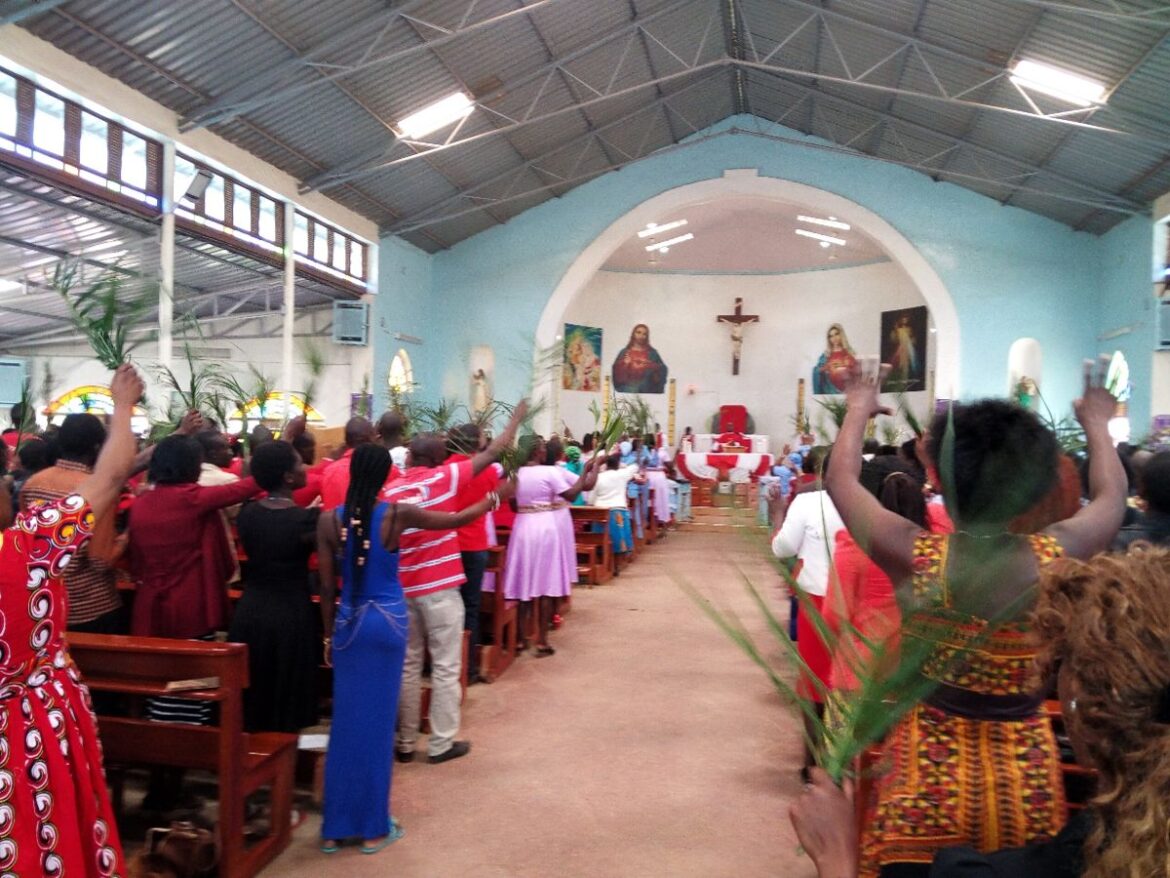The date of Easter, a pivotal celebration within the Christian liturgical calendar, invokes questions that delve into historical decisions, ecclesiastical authority, and the celestial rhythm of time. As Christians around the world celebrate the resurrection of Jesus Christ, the question arises: Who decides when Easter is? The answer traces back through centuries of church councils, theological deliberations, and the complexities of lunar calendars.
To grasp the nuances of Easter’s timing, one must first understand the significance of the event itself. Easter Sunday represents the resurrection of Jesus, the cornerstone of Christian faith. It is an affirmation of hope, a moment that transcends temporal boundaries, yet its observance is tethered tightly to calendars—both solar and lunar. The intersection of theology and astronomy creates a tapestry that is as intricate as it is fascinating.
At the heart of this discourse lies the Council of Nicaea, convened in 325 AD, which played a seminal role in standardizing the date of Easter. The council, gathering a confluence of bishops and ecclesiastical leaders, sought to resolve the divisive question of Easter’s observance. Before this, different communities celebrated the resurrection on varying dates, leading to fragmentation among early Christians.
The outcome of the Council was significant: Easter would henceforth be observed on the first Sunday following the first full moon after the vernal equinox, a method derived from the Jewish calendar where Passover was first observed. This decision effectively anchored the celebration of Easter to both the lunar cycle and the seasonal equinox, thereby intertwining it with the Jewish Passover. The imagery of resurrection and rebirth resonated profoundly within this context, as spring itself burgeoned from the dormancy of winter.
The lunar calendar presents a striking paradox in the Christian tradition: while it serves to commemorate the resurrection of Christ, its reliance on natural cycles—a rhythmic dance of light and shadow—is deeply tied to the Jewish heritage from which Christianity emerged. The early Church, in grappling with its identity, had to determine how to honor its roots while simultaneously establishing a distinct celebration for its burgeoning followers.
An appeal to the cosmic dance of the moon offers a metaphor for the relationship between tradition and innovation. Just as the phases of the moon wax and wane, so too does the understanding of Easter evolve. The full moon, representing Christ’s light overcoming darkness, juxtaposes beautifully against the events of Holy Week, where darkness culminated in the crucifixion before giving way to the brilliance of resurrection. This celestial marker set forth a pattern that continues to be utilized, albeit with variances among various denominations.
In contemporary Christianity, the Western Church—comprising Roman Catholic and Protestant traditions—employs the Gregorian calendar for delineating Easter’s date, leading to varying observances compared to the Eastern Orthodox Church, which adheres to the Julian calendar. This divergence reflects broader theological and liturgical distinctions, underscoring how a singular event—the resurrection—can be understood through multiple lenses. The notion of Easter pivoting upon the lunar phases serves as a reminder of the continuity of faith that transcends time and tradition.
Moreover, the way in which the Council of Nicaea approached the calculation of Easter reveals much about the early Church’s struggles and triumphs. Decisions made in council chambers echo through the ages, casting long shadows over contemporary practices. Each council and its resultant edicts can be viewed as pivotal moments of collective discernment, negotiating the complexities between preserving orthodoxy and embracing new modalities of faith experience.
The unique appeal of Easter lies not merely in its date each year but in its inherent invitation to reunite the ecclesiastical with the astronomical, the holy with the commonplace. To decide when Easter occurs is not solely a matter of ecclesial authority; it intertwines with the cosmos, encapsulating the divine narrative of birth, death, and resurrection amid the cycles of creation. The celestial full moon cradles within it the promise of renewal, reflecting humanity’s deepest yearnings for redemption and hope.
Today, as congregations across the globe prepare for Easter, the debates on its timing serve as a reminder of the Church’s historical efforts to maintain unity amidst diversity. The vibrant practices, the varying liturgies, and the communal gatherings—all reverberate with the essence of those early councils, affirming the ongoing dialogue across time. Each Easter celebration remains a testament to the Church’s resilience and adaptability, a reflection of an age-old story that remains relevant and life-giving.
In conclusion, the determination of Easter’s date is a rich confluence of history, theology, and astronomy, woven intricately into the fabric of Christian worship. The synergies that arise from this convergence not only illuminate the profound nature of Easter itself but also inspire Christians to reflect on their heritage while embracing the transformative power of celebration. Just as the moon governs the tides, so do church councils, decisions, and traditions shape the spiritual landscape, inviting all believers to partake in the joy that the resurrection brings. Thus, who decides when Easter is? It is, in essence, a collective journey that unfolds across the ages, infused with divine providence and human agency alike.



